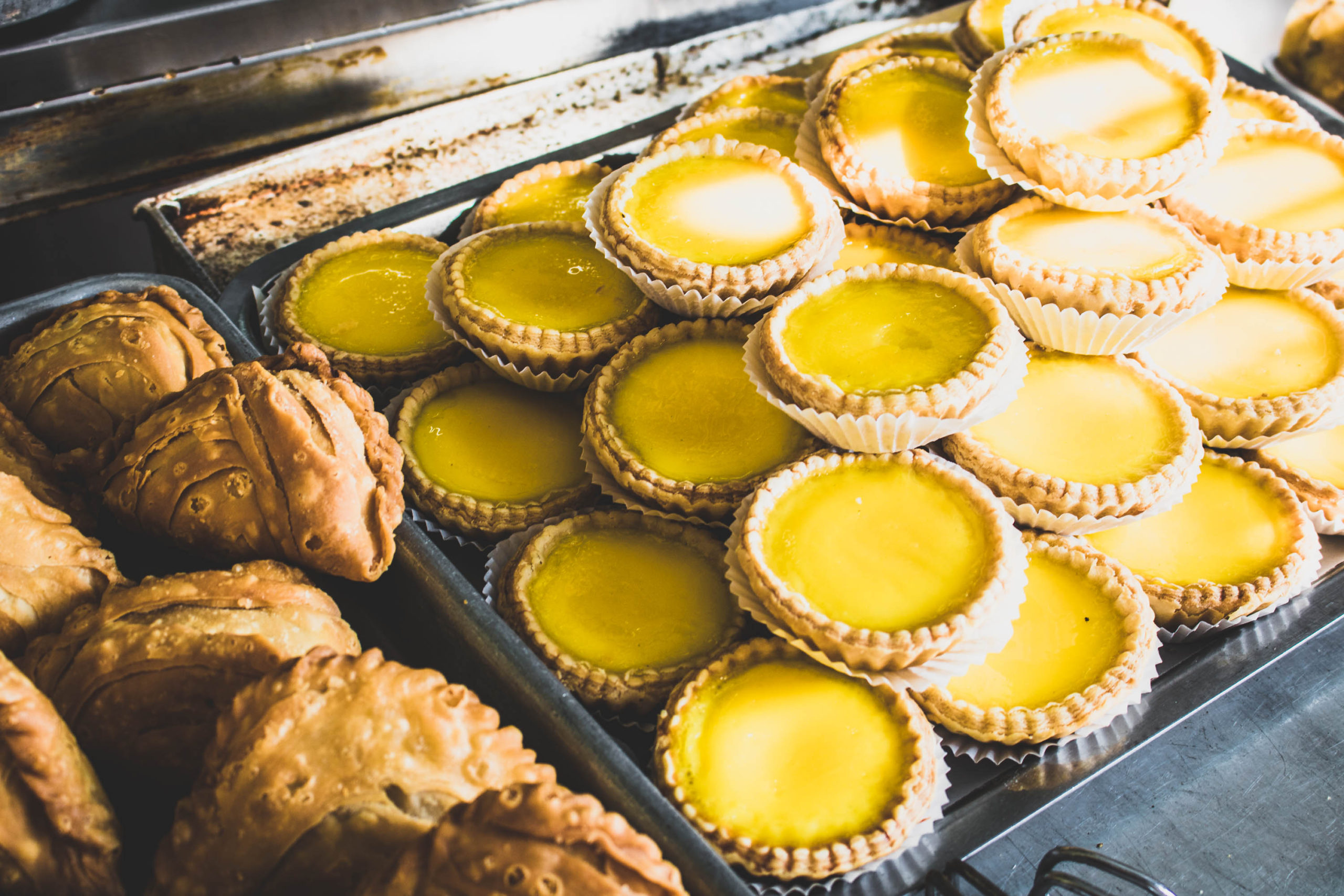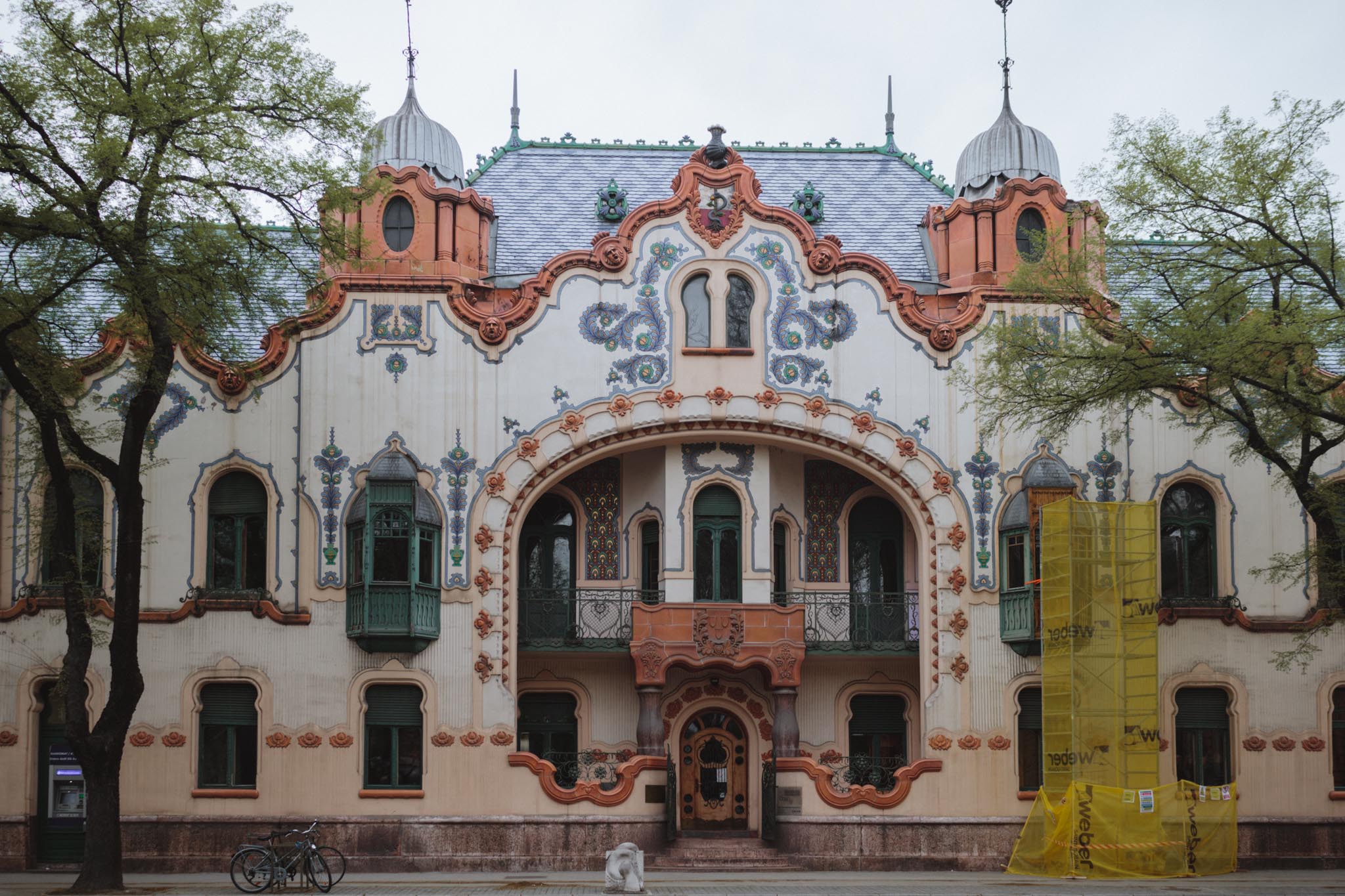The Fiddler’s Walk & The Hermitage in Perthshire is one of Scotland’s best autumn walks and takes you along the River Tay and the roaring waterfalls on River Braan. This scenic walk is a car-free walk and you can reach the starting and finishing points by public transport.
Dunkeld, Perthshire | Scotland
Having heard so much about the beauty of Perthshire in autumn, we had to visit! And Big Tree Country, as Perthshire is fondly called, did not disappoint. Ancient trees wore their marvellous fall foliage and everywhere we looked, we saw a sea of yellow and oranges, reds and maroons shooting through the greenery.
The walk starts in the charming village of Dunkeld, a 20-minute walk from the Dunkeld & Birnam railway station.


Booking your trip via the links on this page will earn us a small commission, at no extra cost to you. Thanks for your support – Mohana & Aninda.
How to Reach Dunkeld by Public Transport?
Dunkeld’s robust public transport makes it very accessible for folks looking for a car-free day trip.
BY TRAIN / Dunkeld & Birnam serves the twin villages of Dunkeld and Birnam. It is on the Stirling – Inverness railway line and there are direct trains from Edinburgh, Glasgow, and Inverness.
BY BUS / Local buses connect towns and villages in Perthshire.




River Tay and The Hermitage Walk
The walk we did was half of the Fiddler’s Walk and part of the Hermitage Walk in Dunkeld.
We took the train from Edinburgh to Dunkeld & Birnam on a bright morning. Soon we were rushing through the sleepy towns of West Lothian. Around us were vast rolling fields steaming in the sunlight. It was a busy weekend and the ScotRail service was packed. Past Stirling, past Dunblane. Past fairytale cottages and quaint villages. Past deer foraging in the autumn light. Past flocks of sheep. And soon we were at our destination.
A 20-minute walk from the station brought us to Dunkeld, where our first stop was the popular Aran Bakery. It was already teeming, so had to queue outside but soon we were on the way sipping a spiced chai and nibbling on a sausage roll. In a paper bag, there was a pistachio croissant and a thick slab of focaccia for lunch. Everything was top-notch!
A quick detour to the public toilets at the car park, and we were off towards the river. There’s a signage for the Fiddler’s Path at the end of the car park. We enjoyed our croissants on a bench, then continued towards the Dunkeld Cathedral. The trail loops behind the cathedral and then joins the path along the Tay.
Also read: One of our other favourite autumn walks in Scotland is around Loch Ard. See Loch Àrd and Lochan a’Ghleannain Walk to plan your trip.




HISTORY OF DUNKELD CATHEDRAL | In 849, King Kenneth MacAlpin moved some remains of St. Columba from Iona to Dunkeld to keep them safe from Viking attacks. MacAlpin was made bishop and St. Columba became the patron saint of Dunkeld and its monastery. The see was revived in the 1100s when Cormac became Bishop of Dunkeld. The cathedral was developed over 250 years ago, and the oldest part is the choir dates back to the late 1200s. The bell tower’s ground floor which was once used as the ecclesiastical court has paintings from the 1500s.
The Fiddler’s Path walk goes along River Tay. We did the walk on the east bank, but the complete walk makes a loop at Jubilee Bridge and returns to Dunkeld along the west bank of the river. It was the middle of October and the foliage was just turning. There was a group of fishermen trying their luck. We walked past the lovely Dunkeld House Hotel which was once the country estate of the Dukes of Atholl. There is a cycle path that goes along the river but sadly it was closed due to a landslide, so we took a narrow trail that runs close to the river.
Dunkeld House Hotel: Book a stay at the fantastic Dunkeld House Hotel and explore Dunkeld and beyond. The hotel sits on on 280 acres of woodland and overlooks the River Tay which is renowned for its salmon fishing. It is the perfect place to spend a weekend! Highly recommended!



The walk seemed easy at first, then turned into an obstacle course straight out of a video game! Ducking under fallen trees, climbing across fallen trunks, and teetering over rocks, we finally joined the cycle path. There was a group from the Dunkeld House Hotel fishing at various spots along the river. The Fiddler’s Walk path makes a loop and climbs onto the Jubilee Bridge, then continues into the Hermitage.
The Hermitage is famed for its autumn foliage. The first part of the trail was a steep climb along a slope, then suddenly we were in a wood of majestic tall trees that shot straight into the blue autumn sky. Dark green coniferous trees that defer the change of season. Their needle-like leaves are always the same dark, magnificent green. We walked through the woods in the dappled sunlight, weaving up and down hairpin bends, and saying hello to cute canine friends out for a walk.
Also read: Spend some time exploring the gorgeous Isle of Arran with our guide: Isle of Arran Travel Guide: Things to do on Arran.




The crowd thickened as we approached the Ossian’s Hall of Mirrors, a Georgian structure overlooking the roaring Black Linn waterfall on the River Braan. The view from the folly is absolutely stunning and because it had rained in the last few days, the river was in full flow. It was magnificent! Nothing much remains of the hall today once upon a time, it was covered by mirrors. Dorothy Wordsworth described it in the following words on her 1803 visit.
The waterfall, which we came to see, warned us by a loud roaring that we might expect it; we first, however, conducted into a small compartment, where the gardener desired us to look at a painting of the figure of Ossian, which, while he was telling us the story of the young artist who performed the work, disappeared, parting in the middle, flying asunder as if by the touch of magic, and lo! we are at the entrance of a splendid room, which was almost dizzy and alive with waterfalls, that tumbled in all directions – the great cascade, which was opposite to the window that faced us, being reflected in innumerable mirrors upon the ceiling and against the walls.
Dorothy Wordsworth



We lingered awhile but it being the weekend, it was very busy with people queuing for photographs. If you want the place to yourself, busy early in the morning on a weekday. The hall was really the highlight of our walk. There’s a stone bridge over the Braan here, and it offers beautiful views of the river. If you want to explore more, you can climb down the slope downstream for a stunning shot of the bridge framed by bright red and orange foliage.
There was a diversion due to gas walks, so we had to take another route to return to Dunkeld where we spent a fantastic half an hour tasting some excellent whiskies at the Dunkeld Whisky Box.
Also read: The Lost Valley walk in Glencoe is one of our favourite walks. Take the bus to Glencoe and explore this historic valley.



Have you done the Fiddler’s Walk and visited the Hermitage in Perthshire?
Like it? Pin it!













Leave a Reply